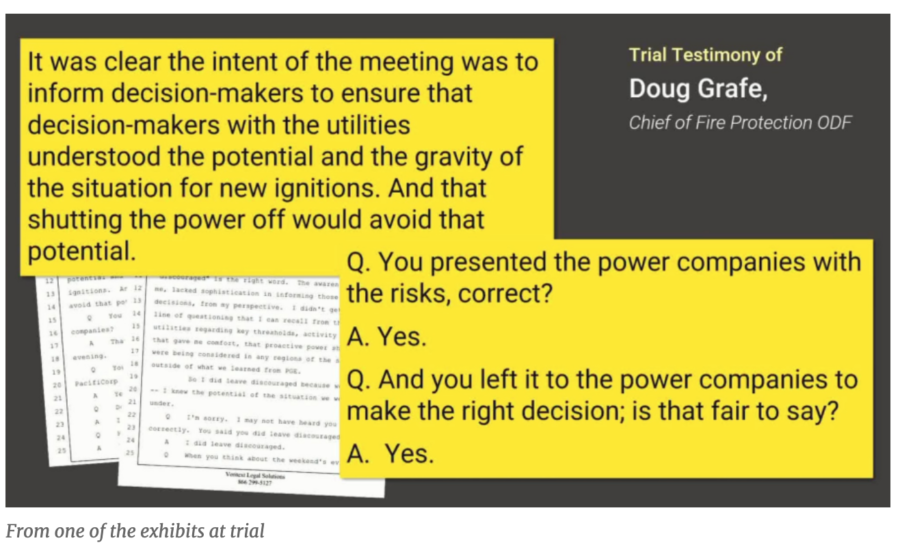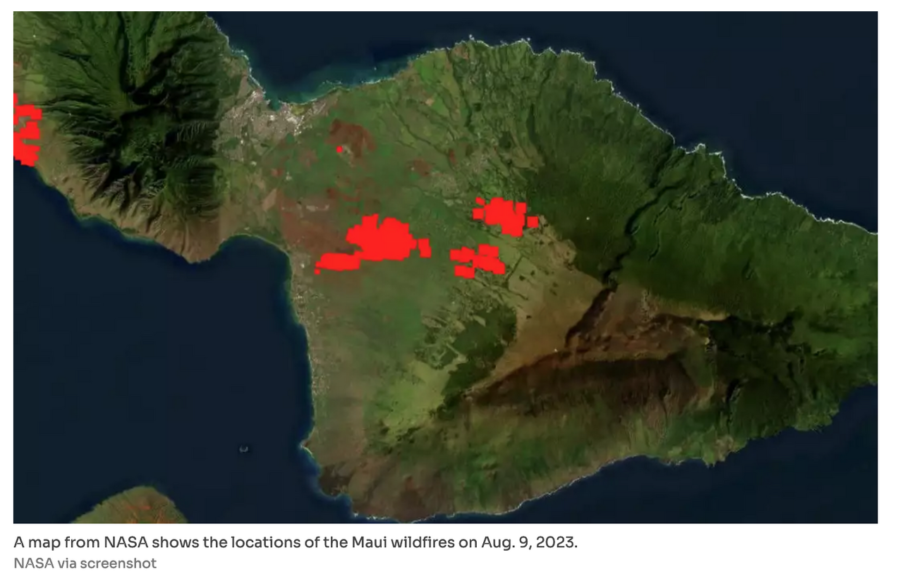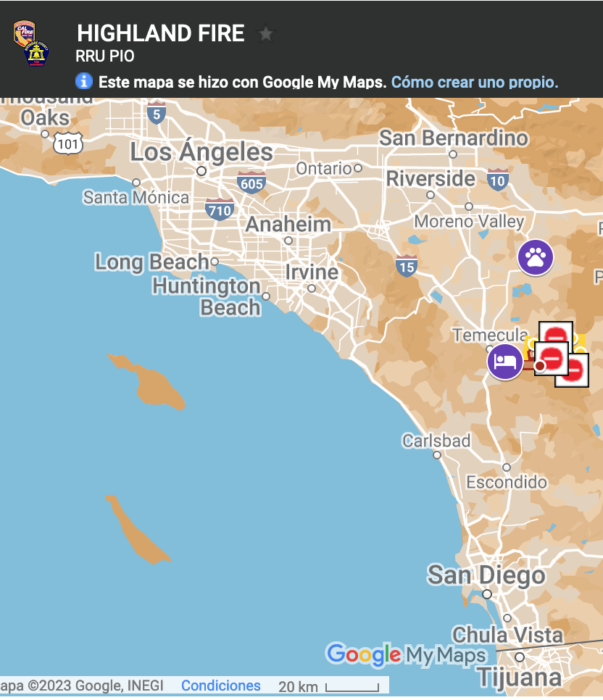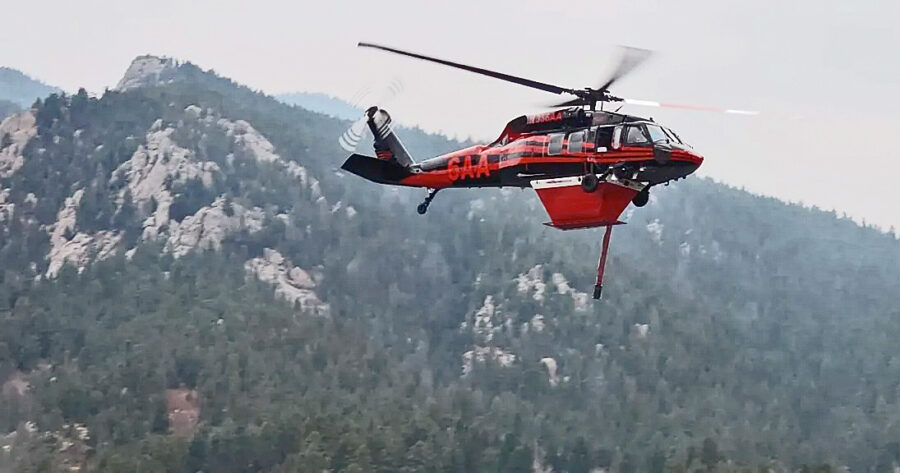Oregon’s second-largest electricity provider wants state regulators to protect it from the costs of future lawsuits seeking reimbursement from destructive wildfires.
The Oregonian reported that PacifiCorp’s request to the Public Utility Commission (PUC) was made just months after the utility lost a massive lawsuit in Multnomah County over its negligence in Oregon’s catastrophic Labor Day fires of 2020. More lawsuits are still pending with plaintiffs seeking billions of dollars in damages. In June after the trial, the company wanted ratepayers to pay for $90 million a jury found PacifiCorp liable for, after it had started numerous fires and burned miles of forest and thousands of homes in the 2020 fires. (The final verdict [PDF] in the PacifiCorp trial is posted on our DOCUMENTS page.) The jury in Multnomah County Circuit Court in Portland found PacifiCorp — which owns Pacific Power — liable for four of the devastating Labor Day 2020 fires that burned about 2,500 properties in western Oregon.

PacifiCorp’s new request drew harsh criticism from wildfire victims, lawyers, and ratepayer advocates, who questioned the company’s motives and the proposal’s legality. The financial protections PacifiCorp is seeking, in addition to assuming that future fires will be started by the utility company, would “only apply prospectively,” the company told state regulators. Simon Gutierrez with PacifiCorp said the request would have no impact on ongoing litigation.
PacifiCorp has already asked state regulators to let it pass the cost of damages it owes for wildfires in 2020 on to its customers.

A report by OPB back in June said that PacifiCorp had asked the PUC to allow the utility to defer the wildfire liability costs through June 2024, which would give the company the option to add those costs to customers’ rates in the future.
“The deferred accounting application enables Pacific Power to preserve its ability to seek recovery in the future in the event the outcome could impact the financial stability of the company, which would result in higher costs to customers,” said the PacifiCorp attorneys.
A class action lawsuit is still ongoing; jurors found that PacifiCorp could be liable for punitive damages to thousands of Oregonians who lost property in the Echo Mountain Complex and the Santiam Canyon, South Obenchain, and 242 fires. The company estimates those costs could total billions of dollars.
PacifiCorp has now asked the Oregon PUC to limit future lawsuit awards to “actual” damages for property and loss of life. As a condition of receiving electric service, customers would have to waive their right to other damages (such as non-economic and punitive awards by juries), like the awards that the county jury stung the utility with in June after it found Pacific Power’s conduct was grossly negligent, reckless, and willful.

The utility filed the same request in Washington, California, Idaho, and Wyoming — where it also provides power. PacifiCorp says limiting damages from wildfire lawsuits would protect customers from higher costs.
Meanwhile, PacifiCorp is one of three energy suppliers receiving $450 million in funds from the federal government. OPB reported that two Oregon utilities and the Confederated Tribes of the Warm Springs together will receive nearly $450 million from the federal government to modernize the region’s power grid and incorporate more renewable energy. The investment will allow PacifiCorp, Portland General Electric, and the tribe to boost transmission capacity and job training and fortify the electric grid from the dangers of wildfires.

PacifiCorp will match the federal funds allocated for its projects, according to Rohit Nair, the company’s director of engineering standards and grid modernization.
“This is a once-in-a-generation opportunity to secure significant federal funding for programs that support our customers,” he said, “especially those in historically underrepresented and marginalized communities.” The funding is part of a total $3.5 billion the Biden administration announced in mid-October for states to upgrade their electric grids to make them more resilient to climate disasters and to support clean energy development.

“This proposal is grossly beyond the pale,” said Sam Drevo, one of 17 named plaintiffs who were collectively awarded $90 million in economic, non-economic, and punitive damages in back in June. “As a wildfire victim who lost everything in fires that were caused by PacifiCorp’s equipment, non-economic and punitive damages are the only punishment available in the legal system to stop negligent behavior from happening again,” he said. “I am shocked by this disgusting proposal and hope it falls flat with the PUC.”
Lee Beyer, a longtime Oregon legislator and former PUC chair, said PacifiCorp’s assertion that the request would benefit ratepayers is questionable. He believes it’s unlikely the commission would allow PacifiCorp to pass the legal costs on to customers.
“Any costs coming out of a court case are generally the responsibility of the utility and its shareholders,” Beyer said.
Bob Jenks, executive director of the ratepayer advocacy group Oregon Citizens’ Utility Board, questioned whether the PUC even has the legal authority to grant PacifiCorp’s request. Asking ratepayers to waive their legal remedies as a condition of accepting service from a local monopoly is pretty extreme, he said. “It’s incredibly broad and raises a number of fundamental legal questions.”







